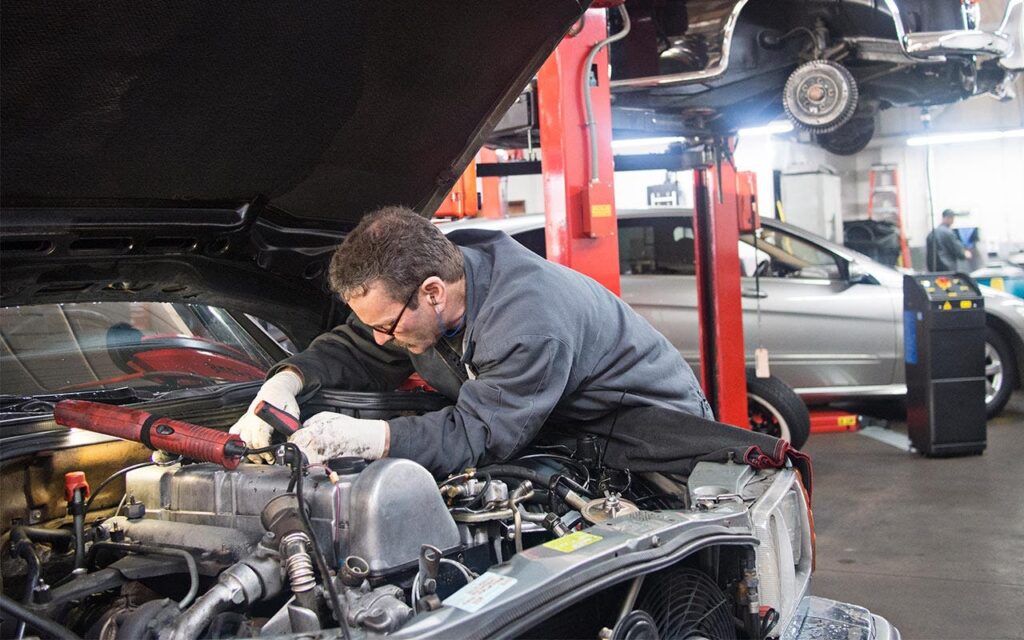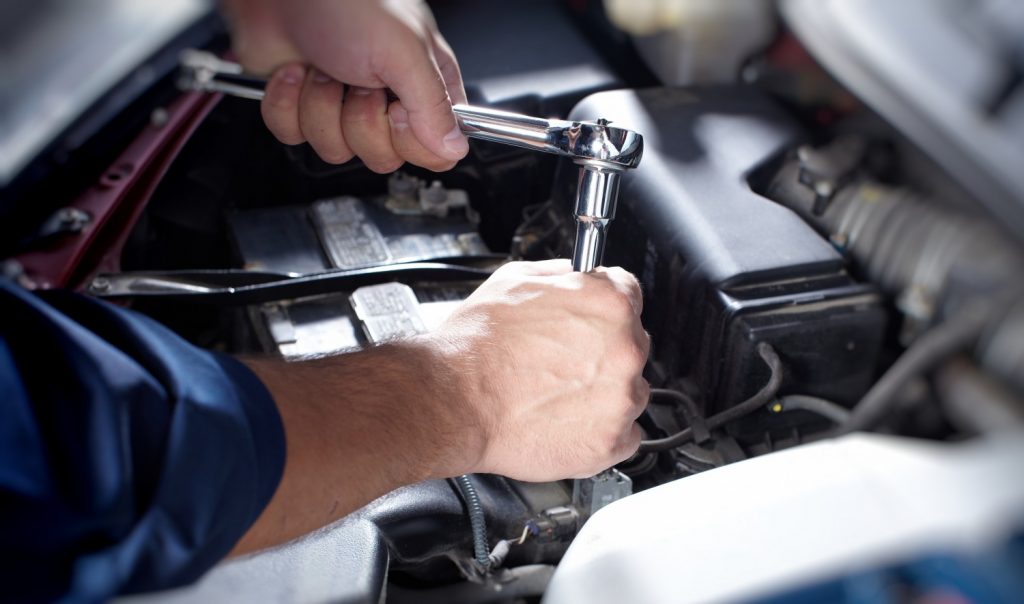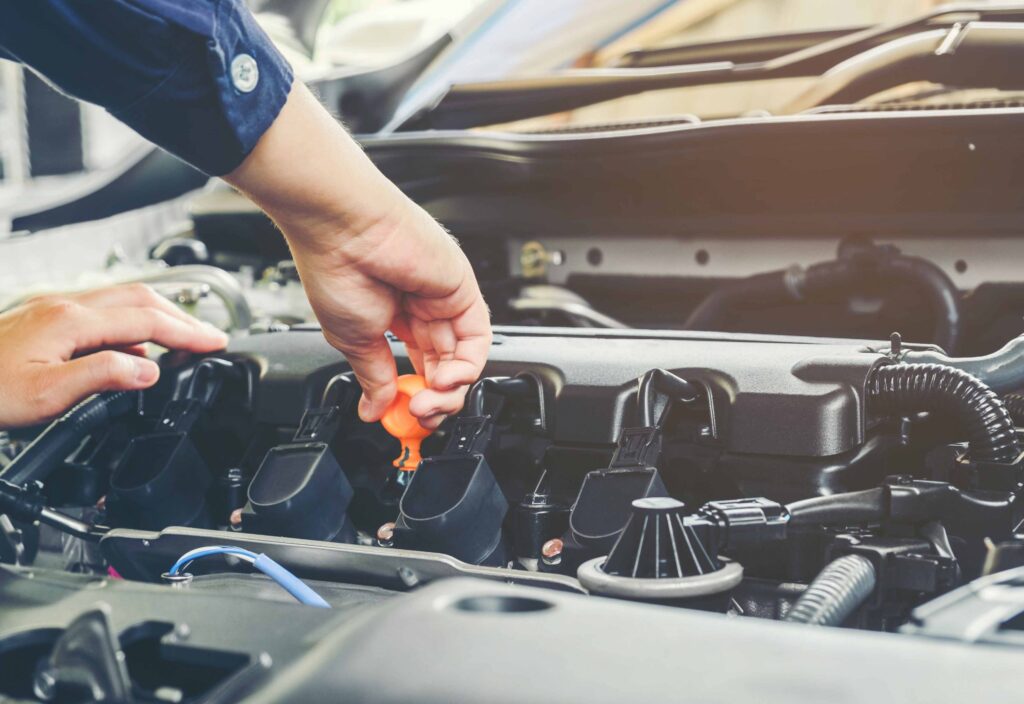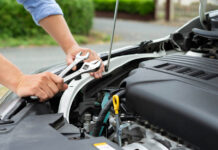
All vehicles use electrical systems. They are essential to provide the power to start the engine, control the onboard computers, monitor sensors, and provide an array of functions inside the vehicle.
Of course, in most situations, you don’t waste time thinking about the logistics of the electrical systems. They simply work, your car starts when needed and does what it’s supposed to do.
However, when things go wrong the electrical system is often the best place to start looking for a fault. This is because modern cars increasingly rely on electronics to control the key functions of the vehicle.
The simple fact is that the electronics are complicated, it’s best to seek the expert assistance of a qualified automotive electrician like SydneyTruckElectrical.com.au. However, there are a few things you should be aware of and can verify yourself:
Starting Issues

In order for a car to start it needs to have fuel, oxygen, and an electronic spark. These are all controlled by the onboard computer, ensuring the mixture is right to provide a smooth start-up.
However, the engine on the vehicle also needs to turn, this allows the three components to mix and creates the chamber where the miniature explosion drives the pistons down. In turn, this pushes the other pistons up to repeat the process. The continual mini-explosions effectively move the piston which turns the crank and allows power to be pushed to your wheels.
This process starts with the engine being turned over and for that, you need a powerful battery.
That’s why, if your car won’t start, you need to check the battery. If it doesn’t have enough power to turn the engine it’s impossible for the car to start.
If the battery is fine then the next electrical starting issue could be the starter motor itself. This is often the issue if the battery is providing the power, but the engine is cranking slowly.
You can verify the starter is at fault by checking the voltage drop between the frame and the negative post is not excessive, or that there is not an excessive drop between the car frame and the starter frame.
It’s also worth checking the cables between the battery and the starter motor, if damaged they can prevent it from getting the power it needs.
Charging Issues

The battery needs to be recharged after it’s helped to start the car or power the various electronic systems. The alternator in your vehicle handles recharging. Once the engine is moving above a certain rev range the alternator is spinning fast enough to generate more power than the electronics in the vehicle need. At this point, the excess charge is directed to the battery where it is stored for future use.
John from natrad.com.au tell us that if your battery is not holding its charge the battery is either near the end of its life or the alternating isn’t charging it properly.
The alternator itself is a surprisingly simple piece of kit. The main fault here is often a slipping belt, that needs tightening or replacing.
You can test the output on your alternator with a multimeter to ensure it is working properly.
In fact, the multimeter is a great aid when working on vehicle electrical systems. You can check the voltage of any circuit, look for earth leaks, and locate faults in the system. Unfortunately, car electrical systems are complicated and many wires are hidden. It can be a slow process to locate the right wires, test them, and find the issue.
Electronic sensors

Modern vehicles have an abundance of sensors that feed signals back to the main computer. This tells the vehicle how much fuel is being used, what mixture should be put through the engine, oil pressure, temperature, and a host of other information.
When the sensors malfunction or break the car may stop performing properly. You may even find yourself in ‘limp mode’, where power and speed are restricted. This mode is designed to get you to a garage for an inspection.
The easiest way to see what issue you are dealing with is to plug-in a sensor. This will read the fault codes on the computer and tell you what the issue is.
You should note that you can buy plug-in tools to read the codes but the cheaper versions are not always as effective as the ones your mechanic will have. It is worth getting the experts to read the codes for you.
You’ll then know which component is playing up and needs to be replaced.
Basic Issues

Despite the advancements in-vehicle electronics, the electrical systems still rely on fuses. These protect delicate components from being overloaded, that’s why it’s so important the amp ratings are adhered to.
If you’re experiencing an electrical issue, such as windows not working, lights failing, or even the radio not coming on, you should check the fuses first.
You’ll need to look at your handbook as the fuses are located in different places according to the vehicle. The book will also tell you which fuse is which. You can then check the fuse and replace it, if necessary.
However, you should note which fuses you are replacing; If they blow again shortly after you have a problem with the electrical circuit and it needs looking at.
Electrical Safety

Cars generally run on 12 volts, this means that you can get an electrical shock but it’s not significant. However, although the car runs on 12 volts, there are a number of pieces of equipment that produce considerably more.
When working with the electrical system on your vehicle proceed with the same caution you would working on electrics at home. Electricity is dangerous. If you’re unsure about any step in the process call your automotive technician, they will help you safely resolve the issue.
Of course, when you let a professional handle the issue you should gain access to a courtesy vehicle that will keep you on the road, regardless of how long the diagnosis takes.














